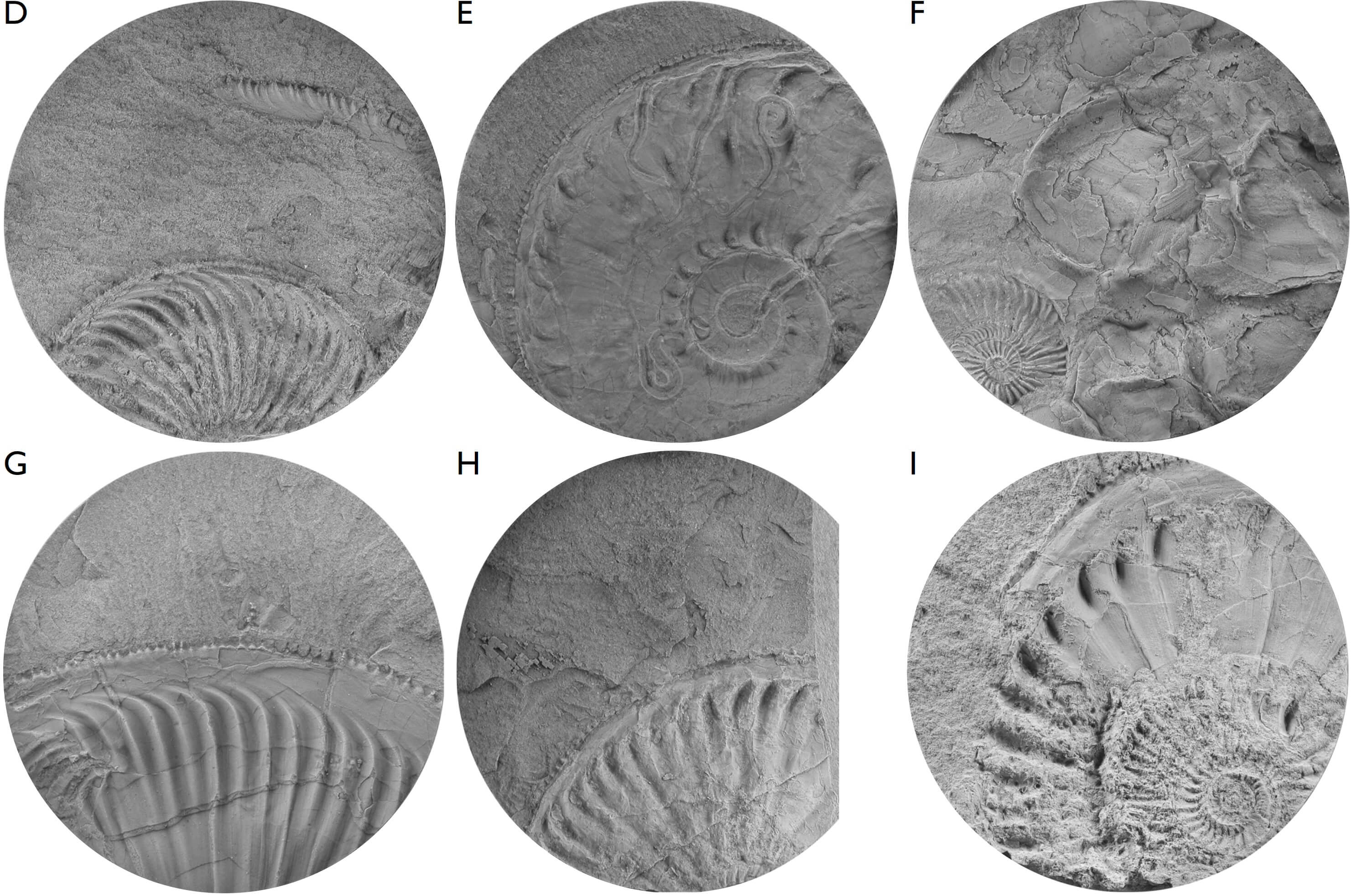
How to Cite
Share
Abstract
The Hareelv Formation in the Blokelv-1 core is biostratigraphically subdivided by means of ammonite and dinoflagellate cyst stratigraphy. The succession ranges from the Oxfordian C. densiplicatum Chronozone to the Volgian P. elegans Chronozone. The mudstones of the Blokelv-1 core are characterised by large amounts of amorphous organic matter. This hampers the preparation and identification of dinoflagellate cysts, which are also commonly degraded and corroded. Ammonites, on the other hand, are common and well-preserved in the core, contrasting with that observed in the equivalent facies and stratigraphic interval at outcrop. Integration of the ammonite and dinoflagellate cyst biostratigraphical data yields a robust chronostratigraphic subdivision of the middle Oxfordian – lowermost Volgian cored section.
How to Cite
Share
Copyright (c) 2018 Peter Alsen, Stefan Piasecki

This work is licensed under a Creative Commons Attribution 4.0 International License.
Downloads
Editors: Jon R. Ineson and Jørgen A. Bojesen-Koefoed
The exposed Jurassic succession in East and North-East Greenland has long been presented as an analogue for equivalent deeply buried strata on the Norwegian conjugate shelf and offshore North-East Greenland. In particular, the Upper Jurassic marine mudstone succession is often ascribed source-rock potential as [...]









